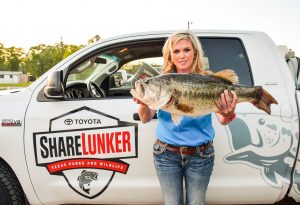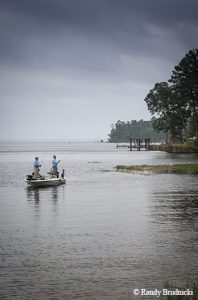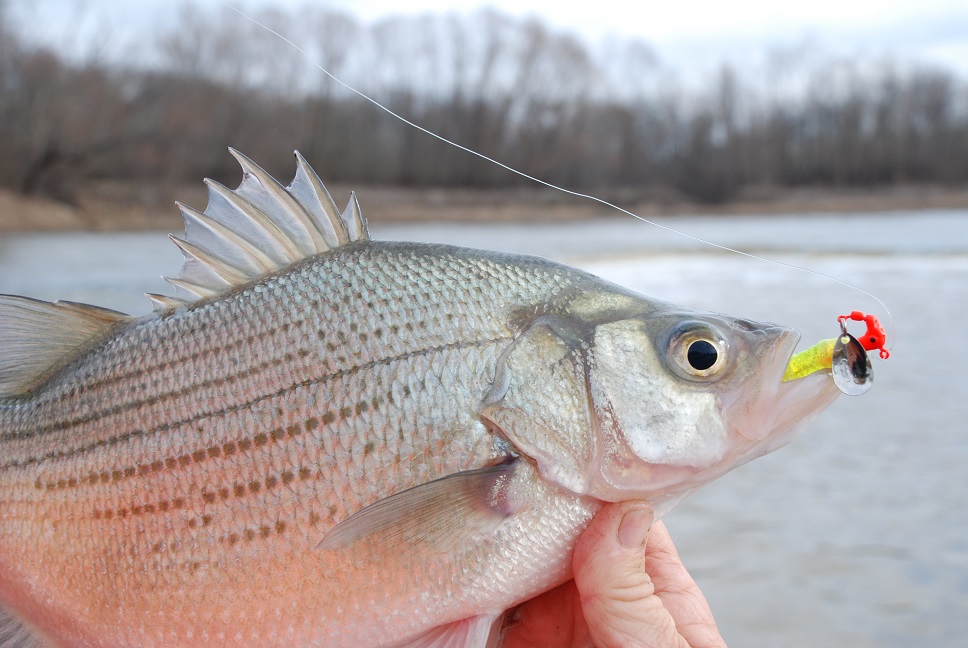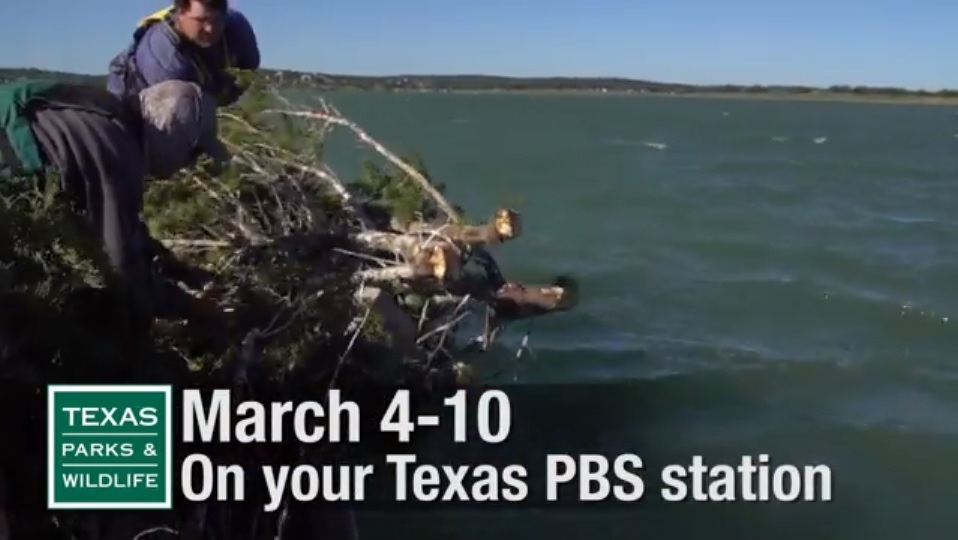Effects of Drought on Bass (it’s not all bad)
Wednesday, May 9th, 2018
Angler Stacy Spriggs of Huntsville caught the 13.06 pound, 27 inch Legacy Class lunker during the Second Annual Stanley Burgay Memorial Bass Tournament on a Carolina rig in 8 feet of water.
This is Passport to Texas
Lake Travis is the site of this year’s Toyota Bassmaster Texas Fest May 17-20th.
Just a few short years ago the lake was at historic low levels due to extreme drought. However, Dave Terre, chief of fish management and research at Texas Parks and Wildlife Department says, the drought contributed to improvements in the fishery.
During those low water years, what happened is a lot of terrestrial vegetation grew up into the lake bed, or on the edges of the lake. Then, in 2015, when we caught all that new water, it flooded all that terrestrial vegetation, creating an immense amount of fish habitat at the lake. Then, TPWD came in there and stocked Florida largemouth bass into the reservoir; plus we had a lot of natural spawning of bass also at the same time, and the bass population just took off wildly. And now, we’re just seeing the result of that increased fish production. And these strong year classes of fish up pushing through. And fishing has really been amazing on Lake Travis. And now is a great opportunity with the Toyota Bass Master Texas Fest to showcase this great fishery to a worldwide audience.
It’s free to attend the Toyota Bassmaster Texas Fest, May 17-20th, on Lake Travis. Find details at bassmaster.com.
The Sport Fish Restoration program supports our series.
For Texas Parks and Wildlife, Cecilia Nasti.






 Passport to Texas is a
Passport to Texas is a  Passport to Texas is made available by:
Passport to Texas is made available by: